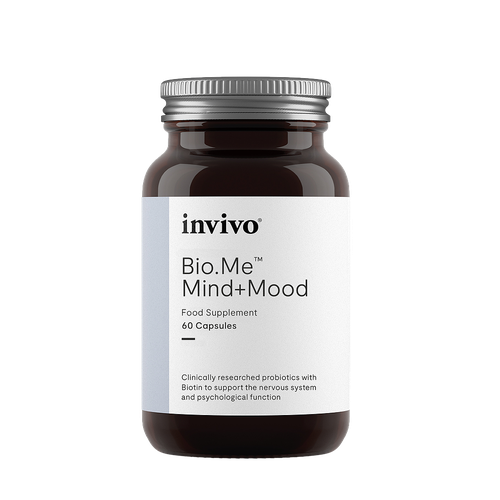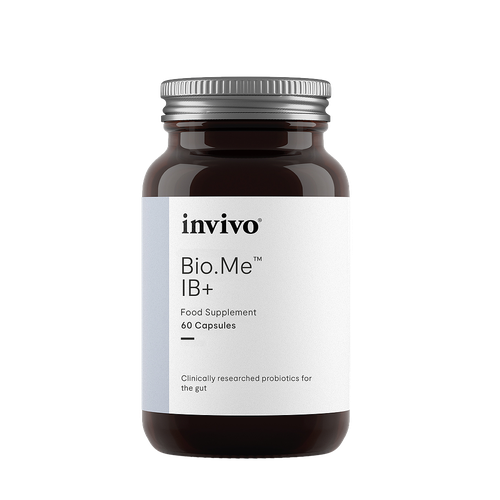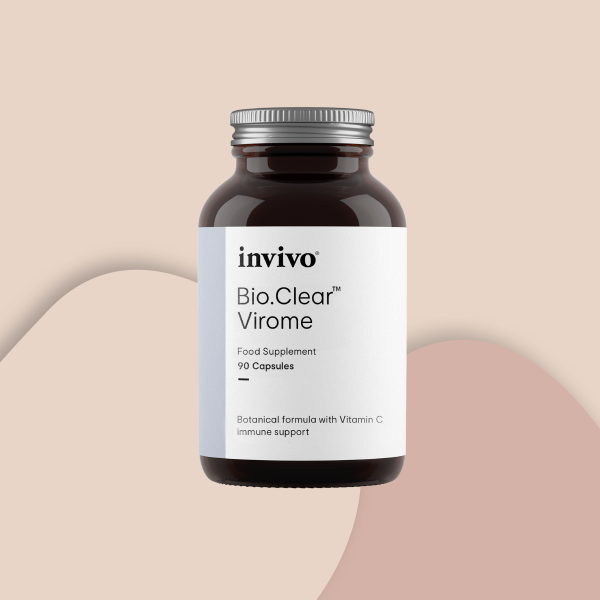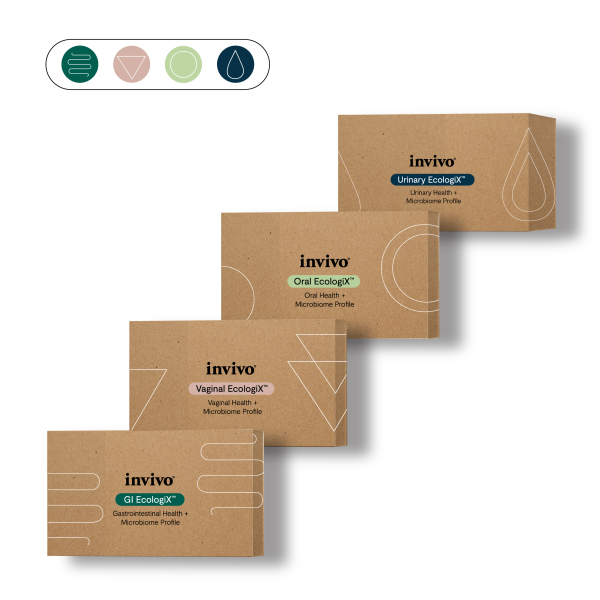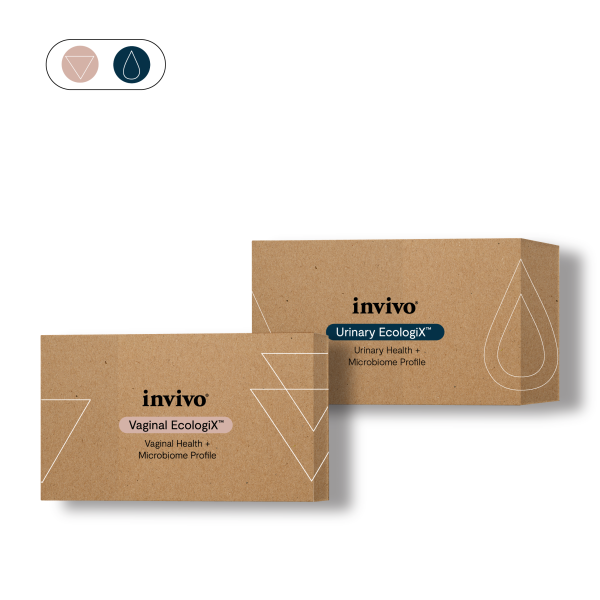Should We Be Wary Of Piperine

We recently took a look at the common emulsifier, polysorbate 80 and the role it may play in GI disruption. Added excipients, whether to supplements, foods or medications is a necessary consideration when making recommendations to patients. They are sadly, commonplace. While stamped with ‘GRAS’, the cumulative concentrations may cause issues in some individuals, and they may be a ‘hidden’ detriment to the therapeutic role of the practitioner.
polysorbate 80 and the role it may play in GI disruption
While not an excipient, piperine or BioPerine™, may be another adjuvant to be cautious of.
Piperine is added to supplements to enhance the bioavailability of otherwise difficult-to-absorb nutrients. It is most commonly found in turmeric, or curcumin products. Piperine appears to work by two main mechanisms of action: inhibition of glucuronidation and by directly altering the intestinal barrier. It is a common allergen and reports of heartburn with high doses have been documented. Understanding the mechanism of action enables the clinician to make an informed decision, for the individual patient.
Glucuronidation
Animal studies have shown a 50% reduction in the rate of glucuronidation with 50μm piperine (1). Glucuronidation is a major pathway of xenobiotic biotransformation where the co-factor uridine diphosphate-glucuronic acid (UDP-glucuronic acid) forms water-soluble substrates with the functional groups of several xenobiotics, leading to their elimination from the body in bile or urine. The reaction is metabolised by uridine glucuronyltransferases, or glucuronyltransferases. Piperine was shown to reduce both endogenous UDP-glucuronic acid, as well as inhibit transferase activity (1).
We all know the importance of biotransformation, or ‘detoxification’. It doesn’t make immediate sense why we would choose to inhibit this pathway, especially if the nutrient we are aiming to increase absorption of is taken to enhance liver function.
GI Barrier
Piperine has also been shown to directly interact with intestinal epithelial cells. In murine models, 25-100μm of piperine caused lipid peroxidation of isolated jejunum epithelial cells, leading to increased permeability (2).
Studies have also reported altered neuroregulation of the GI tract due to the interaction of piperine with the intestinal epithelial layer, altering gastric emptying, and absorption of nutrients and drugs. With any loss of intestinal barrier integrity, of course we must also consider heightened immune sensitivity to foods, LPS translocation and immune up-regulation in response to foreign particles crossing into the blood stream.
Benefits of Piperine
Piperine does however, also have a long history for its medicinal benefits. Known as “Yogvahi” in Ayurveda, it is recognised for its antioxidant, anti-inflammatory, anti-hypertensive activity as well as a fertility enhancer (see 3).
Again, it is increasingly important to check the ingredients of supplements. Striking the sweet spot between price, purity of product and bioavailability/efficacy is no easy task in a market full of options. Piperine may be fine for some, terrible for others, even in small doses. When thinking therapeutically, should a high dose of a supplement containing piperine be warranted, one must consider what the cumulative total of this adjuvant is, and what the side effects of that may be.
Understanding the mechanism of action aids the practitioner decision making process to ensure best patient outcomes.
References
(1) J Pharmacol Exp Ther 1986 Feb; 2;36(2):488-93
(2) Biochem Pharmacol 1992 Apr 1;43(7):1401-7
(3) Open Chem J 2016 Dec (3): 75-96
